From stocks to dollar, Trump's 'golden age' is off to ugly start
Published in Political News
When Donald Trump was sworn in as the 47th U.S. president, he proclaimed the dawning of a new “golden age.”
Around the 100-day mark of his second term, investors who took him literally — and bought the precious metal — have been richly rewarded.
Those who took him seriously, however, and loaded up on U.S. equities and the dollar, have been disappointed, as have buyers of Treasuries, who have even seen the haven status of U.S. debt thrown into doubt.
Rather than the new administration firing up U.S. economic and market dominance with a bevy of tax cuts and deregulation, a firehose of tariffs and geopolitical uncertainty has generated some of the most extreme market swings in recent history.
U.S. stocks, which started Trump’s second term near record highs, are on track for their worst post-inaugural slump since Gerald Ford took office in 1974. The dollar, also revisiting the 1970s, has weakened by the most since the U.S. abandoned the gold standard more than 50 years ago.
The market standouts? Gold, the ultimate safe haven, has soared to a record, while Bitcoin, despite declining this year, has largely held onto post-election gains on optimism for crypto-friendly policies under Trump.
Here’s a market-by-market look at Trump’s first 100 days:
Stocks
Despite recent stability, the S&P 500 Index is down about 8% since his inauguration and on pace for its worst run during a president’s first 100 days since president Ford in 1974, following Richard Nixon’s resignation.
It’s a U-turn few on Wall Street saw coming after two straight years of over 20% gains and what was expected to be a pro-growth agenda. Instead, markets swung wildly as Trump slapped tariffs on basically every country where U.S. companies operate — and then suspended some, carved out exceptions for certain industries, and ratcheted up the trade war with China.
The disruptions, combined with the administration’s aggressive push to deport undocumented workers and its mass firings of federal employees, unnerved investors and sent the S&P 500 spinning into its seventh-fastest correction since 1929.
“It was an extreme, for-the-textbooks, systematic risk in its purest form,” said Mark Malek, chief investment officer at Siebert. “The volatility has been wholly different from anything we have experienced in the past, and it indiscriminately spread through all sectors and asset classes like a wildfire, constantly being fueled by random sound bites and shifting policy moves.”
Crypto
Bitcoin, the star asset of Trump’s pro-crypto presidential campaign, has struggled to keep up its momentum.
Despite early enthusiasm, the largest digital asset is down more than 7% since Trump’s inauguration, even after major policy wins for the broader industry, according to data compiled by Bloomberg.
Trump vowed on the campaign trail to ensure that all remaining Bitcoin is “made in the USA” and to establish a Bitcoin reserve. The president was once a crypto-skeptic, but became an ardent supporter during the election, as digital-asset organizations ramped up their involvement in U.S. politics through sizable political donations.
“Trump campaigned on a pro-crypto platform and has largely delivered,” said Richard Galvin, co-founder of hedge fund DACM, pointing out that friendly regulators have been installed in key roles, while the Securities and Exchange Commission has dropped prominent crypto cases.
Bitcoin prices are still more than 30% higher than pre-election levels. “The market was quick to price in the pro-crypto environment in November, but since then has been somewhat captive to broader equity and bond market weakness as tariff policies started being announced,” Galvin said.
U.S. dollar
The U.S. dollar index has lost about 9% since Trump returned to the White House, putting it on course for the biggest loss through the end of the month since the early 1970s — when the U.S. abandoned the gold standard and let the dollar float freely.
The president’s first 100 days in office in recent decades have been marked by strength in the currency, with returns averaging close to 0.9% between 1973, when Nixon began his second term, and 2021, when Joe Biden took office.
Under Trump, the $7.5-trillion-a-day foreign-exchange market has been whipsawed by tariff U-turns and social media posts. Every other major currency tracked by Bloomberg has gained against the dollar since the inauguration, led by the Swedish krona, Swiss franc and euro.
Even the Mexican peso and Canadian dollar have strengthened versus the U.S. currency since Jan. 20, with Trump’s most-aggressive trade threats tempered by delays and negotiations.
U.S. Treasuries
The most dramatic moves in decades swept through the $29 trillion Treasury market in the past 100 days.
Treasuries rallied, sending the yield on 10-year notes as low as 3.86% in early April after Trump announced a wide set of tariffs on nearly all U.S. trade partners and spurred demand among investors for havens.
But that appetite evaporated quickly as fear spread on Wall Street that the evolving trade war would send the U.S. into a recession, causing investors to sell off Treasuries. The benchmark rate posted its biggest weekly surge since 2001, touching 4.59%.
The market swings — fueled also by Trump’s rants against Federal Reserve Chair Jerome Powell — have called into question the haven quality of Treasuries, which have long been seen as the world’s “risk-free” asset. U.S. government debt is used as a benchmark to determine the price of everything from stocks to sovereign bonds and mortgage rates, while serving as collateral for trillions of dollars of lending a day.
Credit
Credit markets were initially exuberant when Trump was elected. In November, risk premiums on blue-chip corporate debt in the U.S. reached their lowest levels since 1998. But that proved to be short-lived, after Trump’s sweeping tariffs upended debt markets in the worst meltdown since the pandemic.
In the days following tariff announcements on April 2, gauges of risk in the U.S. and Europe corporate bond market surged by the most since the regional banking crisis, and failure of Credit Suisse, in March 2023. The additional yield over government bonds that investors demand to hold junk bonds globally surged in the worst selloff since March 2020.
Companies found themselves effectively shut out of borrowing in U.S. debt markets for days, bond prices fell, trading costs soared and a Bloomberg News measure of the amount of distressed debt worldwide swelled the most in at least 15 months.
The rout was so severe it prompted some to wonder what it would take for the Fed to intervene.
A 90-day pause on tariffs is giving bondholders some comfort. Borrowers of all kinds — from some of the biggest banks on Wall Street to the world’s largest retailer — have pounced on the partial reprieve to quickly raise debt while the window is still open.
In the junk bond and leveraged-loan markets, many transactions have been sidelined, and banks have been stuck with $5.7 billion of “hung” loans. But in recent days, signs have emerged that investors are still willing to take risk, with a group of banks successfully selling about $1.23 billion of loans tied to the buyout of X Holdings Corp., formerly known as Twitter.
Oil
Oil has slumped and a darkening economic outlook wrought by the tariff war has played a big part.
At the same time, the Organization of Petroleum Exporting Countries and its allies have begun to restore supply in a seeming effort to clamp down on nations that have been cheating on output quotas.
Brent futures, which got as low as $58.40 a barrel in early April, are now trading at about $65.
Before Trump came to office they stood at just below $81. Importantly, weaker oil will help with Trump’s pre-election pledge to lower inflation, and to bring down fuel prices.
Gold
One of the few assets to benefit from the turmoil is gold, which has set 28 new all-time highs since Trump won power in the Nov. 5 election. Records initially started tumbling as traders worried that gold would be ensnared by Trump’s tariffs, with a surge in U.S. gold futures helping to lift prices globally as traders dashed to move bullion to the US before any levies were imposed.
That trade ultimately screeched to a halt when gold was given a carve-out. But — after briefly slumping as global markets plunged — bullion’s rally soon went into overdrive as its time-tested credentials as a haven asset rose to the fore. Prices topped out at just over $3,500 an ounce earlier this month, and even after a decline in recent sessions, gold now rivals the S&P 500 as one of the world’s best-performing major assets over the past five years.
_____
(With assistance from George Lei, Esha Dey, Ryan Weeks, Caleb Mutua, Mark Burton, Phil Kuntz, Sidhartha Shukla and Liezel Hill.)
_____
©2025 Bloomberg L.P. Visit bloomberg.com. Distributed by Tribune Content Agency, LLC.
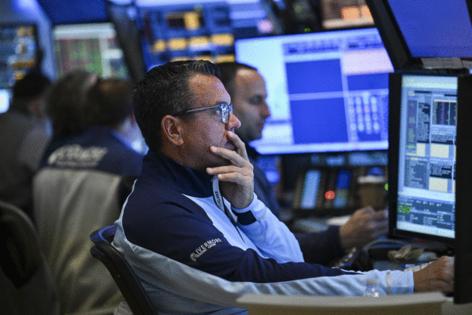


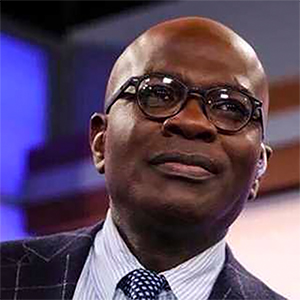

























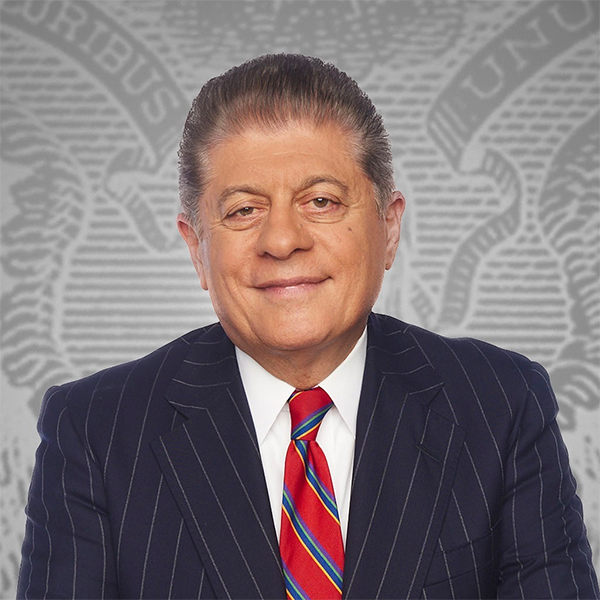



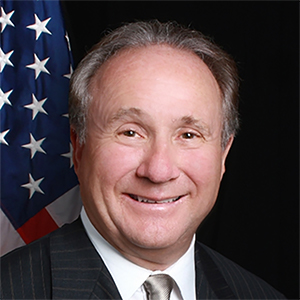




















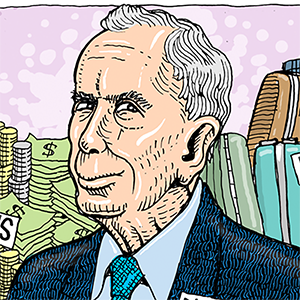

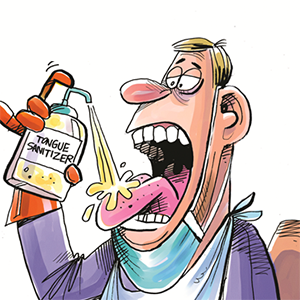

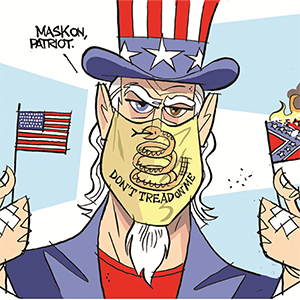

Comments